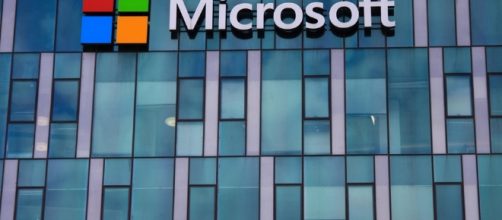Microsoft has realized after the 2016 US presidential election that it has somewhere neglected its own country, in efforts of bringing high-speed internet to the world. Therefore, Microsoft has committed to bringing the internet to rural areas of America using the white space spectrum that has been freed after the shift to digital TVs.
According to a US Federal Communication Commission, 34 million Americans are not connected to the internet out of which 23.4 million are from rural areas. Microsoft chief, Brad Smith in his blog post said on Tuesday that he will be rectifying the situation in the next five years, that is by 2022, bringing the internet to those rural areas via the UHF spectrum not occupied by TV Channels.
This white space refers to the empty frequencies left by TV networks which can be used to bring broadband access to millions of Americans.
Brad Smith wrote in the blog post that Microsoft will invest around $10 billion in this project
In his blog post, Microsoft President said that he is going to invest around $10 billion in the Rural Airband Initiative (the name of this project) and his statements predicted that they are not going to have any profit out of this project. He said that Microsoft does not plan on entering the telecommunication business and explained that Microsoft will invest in resources needed to expand broadband coverage.
He further said the company is planning to associate with other telecom operators and invest in additional projects to bring high-speed broadband to most.
The company plans on launching at least 12 projects across 12 states within a year. He also said the company wants to associate with as many as possible adding his hopes of funding from Trump’s government.
Microsoft’s challenges and aims for this project
Microsoft aims to use the white space left blank by TV Networks and for that, it is asking the FCC to give away its white spaces to help it proceed with the infrastructure required.
It will be a hard work for Microsoft as it has to install specialized broadcast towers that do not, yet, exist in markets.
But using these white spaces will prove to be a lot cheaper than using optical fibers or wireless and it will cost around $12 billion (just an early estimate). The American president also said that his government wants to ensure broadband access to student across the states and keeping that in mind this might just be their first step.
Microsoft is already trying this in Charlotte and Halifax, Virginia but some people are expressing their views against this claiming that this can cause interference with other air-transmission based channels. However, this tech was used in UK broadcasting live footage of meerkats, proves this is not impossible. But big challenges lie ahead in this project for Microsoft.


